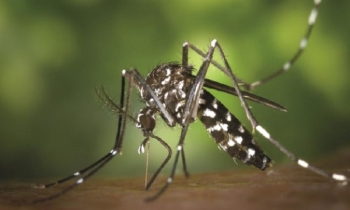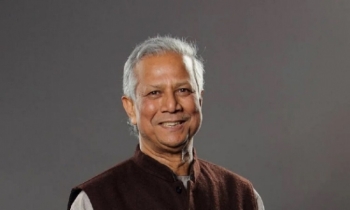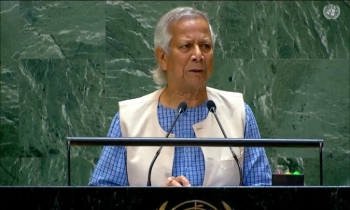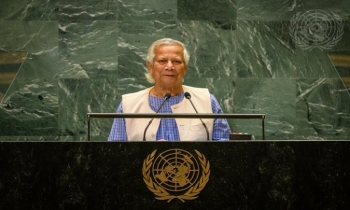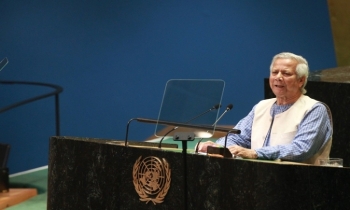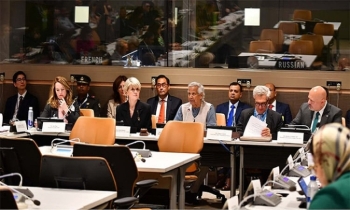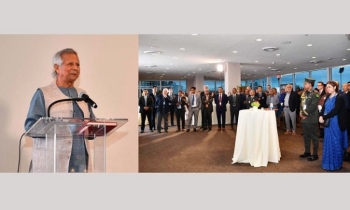Life cycle of hilsa affected due to pollution, climate change: Experts
Riaz Uddin || BusinessInsider
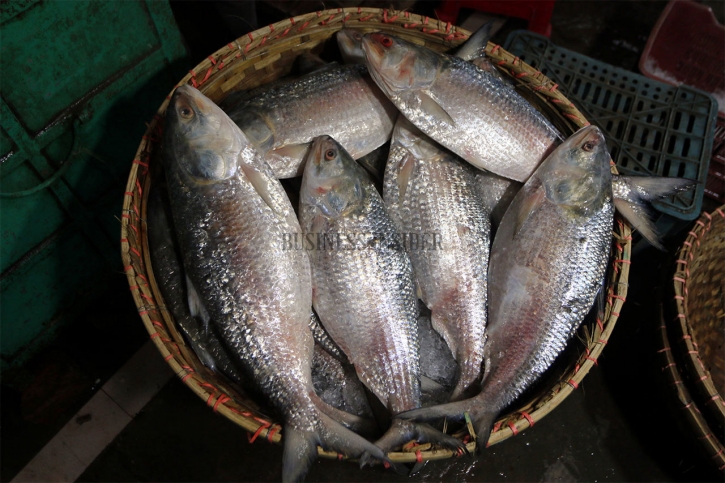
Hilsa fish. Photo: Business Insider Bangladesh
Man-made actions have forced hilsa to change their life cycle, resulting in declining their population and premature spawning, experts said.
Roe or eggs are being found in the ovaries of most of the premature mother hilsa (98 percent) caught during this time. In some cases roe is found in the ovaries of hilsa weighing only 100 grams. Experts say this could be due to pollution, navigability crisis and the effects of climate change. However, there has not been much research done on the subject.
The researchers said the timing of a ban on hilsa fishing for 22 days is not that precise. This is the reason why fish with eggs are being caught. Usually, no hilsa lays roe in less than a year. But now eggs are being found in the ovaries of several-months-old hilsa.
“It was unusual for such a small fish to have eggs in its ovary. It could be due to pollution or a navigability crisis. There may also be the effects of climate change,” said Niamul Naser, a hilsa researcher and Professor of zoology department at University of Dhaka.
In response to a question, Professor Niamul Naser said, “Roe can be seen in the ovaries of small fish due to overfishing. As a species, they are worried and want to sustain their population.”
Experts said the movement of hilsa schools has become harsh due to various reasons including indiscriminate fishing, catching baby fish (jatka), excessive siltation in the river beds, drops in depth in the estuary and climate change. As a result, the school of hilsa is changing their courses to find favorable water bodies and environment. Hilsa breeding season is also changing.
In the confluence of Padma-Jamuna-Meghna several coastal districts are located. These districts---Barisal, Barguna, Patuakhali, Khulna, Bhola, Chandpur--- are not getting enough hilsa now-a-day.
Abu Kausar, a fisherman of Hatia Island in Noakhali, recently said though some fishes are being caught, those are small.
Researchers believe that this species of fish has reached a point of endangerment due to pollution and abrupt fishing. Therefore, they are adapting to new rules of natural courses to survive---spawn early.
Hilsa school moves upstream for laying eggs in freshwater. After spawning, they float back to the sea. Then again, the fish school comes back to the rivers, after a year. Hilsa can move at a maximum speed of 71 km per hour. The fish swims some 1,200 km to lay their eggs. However, Hilsa has the advantage of swimming at a greater depth.
Anisur Rahman, the chief scientific officer of the Fisheries Research Institute, said due to global climate change, the movement and life cycle of Hilsa has been more or less affected. Unplanned river dredging continues in the river. This is creating a navigability crisis for the fish school. The food and normal movement of hilsa is being disrupted. As a result, hilsa is not able to visit the fresh water from the sea and lay eggs during their spawning period. So, unplanned sand extraction in the river has to be stopped.

